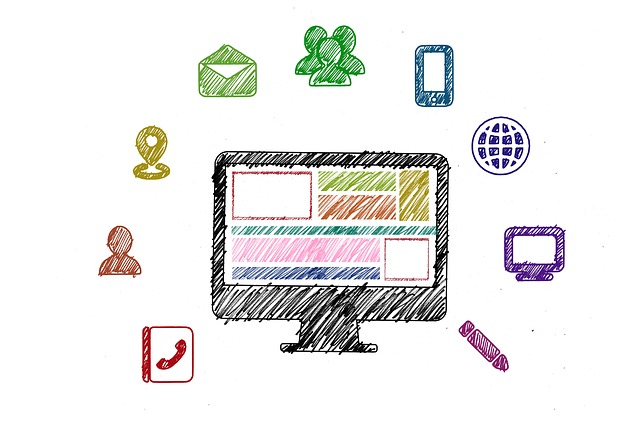In my last article, I talked about how personalization, mobile-friendliness, social connectivity, and asking for action can make your email marketing a more effective part of your marketing toolkit. Here are four more ways to improve your results even further.
A/B test
You may think you write great headlines and that you send your emails at the optimal times, but if you’re not testing, you don’t really know. So test!
Most email services providers (ESPs) have tools that make A/B testing easy to do, and the results easy to digest. Take advantage of these tools to find out where you could be improving. Your ESP probably even has tutorials on how to best use the tools they have.
Use your analytics
Another area where gathering data is a good thing. One of our favorite set of metrics helps compare mobile usage and desktop usage. It’s easy enough to see basic access numbers for both platforms, but you should also have a look at click-through rates on both and how they compare to one another. The data may point out problems in your mobile mail design.
You can also gain more insight into when your emails are opened and clicked. This will mostly be in the hours after the email is sent, so you’ll want to evaluate this in combination with the A/B testing mentioned above.
Trigger-happy
Timing is everything. Consider this scenario: a colleague forwards you an email newsletter because it contains an article she thinks you’ll find of interest. You find it so interesting that you subscribe to the newsletter. But since it’s monthly, you don’t get an email for another four weeks and by that time, you’ve forgotten who these folks are.
Automatically triggered emails can solve that problem. Each time a subscriber joins your list, they get a welcome email thanking them, letting them know what to expect from you, and offering other content that may be of interest.
You can also tie your email system into your website and send emails when visitors return to your site. These automated emails can be tied to the content they’ve consumed, so you all but guarantee relevance.
Set your course
Finally, know what you want to achieve, create metrics to measure your progress toward achieving those goals, and adjust your course if necessary as you learn what is realistic and what actually adds to your bottom line.
Email shouldn’t leave you peering into a black hole after you’ve hit the Send button. It should be an opportunity to learn more about your audience while you maintain contact and strengthen your relationship until the prospect is ready to buy.






